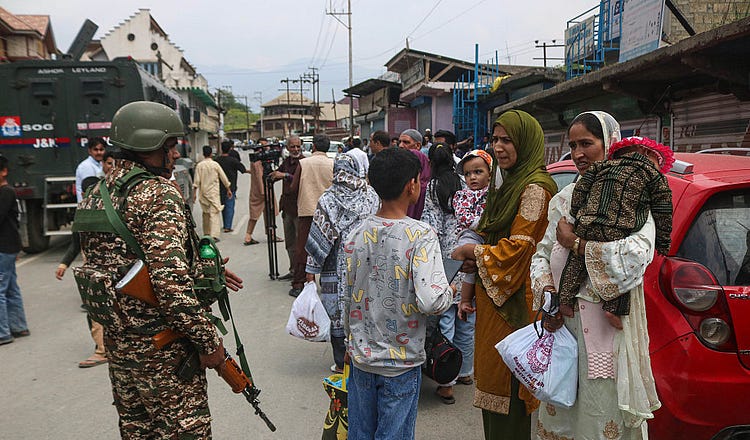
The recent exchange of fire between India and Pakistan following an Islamist massacre of Indian tourists in the disputed territory of Kashmir has had the world holding its breath. And for very good reason: The countries have been rivals since they both became independent in 1947. And both possess nuclear weapons.
On Saturday, President Donald Trump announced his administration had negotiated a “FULL AND IMMEDIATE CEASEFIRE.” But the truce remains fragile, with both India and Pakistan reporting drone attacks by the other in Kashmir. The two countries have pulled back from the brink of all-out war, although there’s no way of knowing when or if the conflict could resume.
This is a subject that feels far away but is critically important given that both India and Pakistan have nuclear weapons and a long history of conflict. So we decided to call two people who know the region and its dangers quite well. Matthew Rosenberg is a Pulitzer Prize–winning journalist who spent nearly a decade as a foreign correspondent in South Asia. Rupa Subramanya is originally from India and spent a decade in the country writing about it for various international publications such as The Wall Street Journal and Foreign Policy, and she’s currently a writer for The Free Press based in Ottawa. Together, they’ll dig in to how we arrived here and what’s next in this fast-moving story.
On what just happened:

